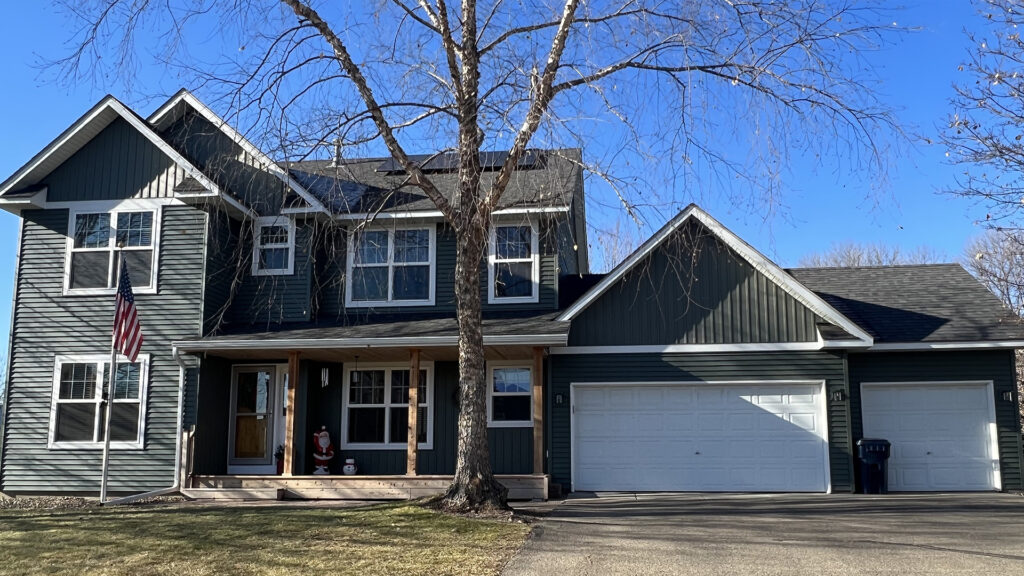The concept of proper insulation in roofing is a fundamental aspect of modern construction that directly contributes to the energy efficiency and comfort of a building. Insulation in roofing refers to the application of insulating materials, which have high resistance to heat flow, in the structure of the roof. The primary objective of this process is to create a barrier between the interior of the building and the external environment. This barrier is responsible for reducing the heat transfer between the interior and exterior, effectively keeping the building warm during colder months and cool during hotter periods.
The importance of proper insulation in roofing cannot be overstated. Not only does it contribute to the energy efficiency of a building, but it also plays a vital role in maintaining a comfortable and consistent indoor environment. The insulation reduces the load on heating and cooling systems, leading to significant energy savings over time. Furthermore, it also aids in the prevention of condensation, which can lead to the development of mold and other structural damage.
Proper insulation in a roof also contributes to noise reduction, particularly in areas with heavy rainfall or high levels of external noise. In essence, the insulation in roofing is a critical component that influences several aspects, from the durability and lifespan of a structure to the quality of life of its occupants.
Understanding Roof Insulation
Roof insulation is an essential component of a building’s roofing system, acting as a protective layer that regulates the indoor climate by minimizing the flow of thermal energy. It’s a process that involves the use of different materials and techniques to slow down the transfer of heat between the building’s interior and the surrounding environment. It helps maintain an optimal indoor temperature, reducing the need for artificial heating or cooling mechanisms, thus playing a significant role in energy efficiency.
Types of Roof Insulation
There are several types of roof insulation, each designed to cater to specific needs and scenarios. Blanket insulation, made from mineral wool, fiberglass, or plastic fibers, is typically used in unfinished walls, floors, and ceilings. Rigid foam insulation, made from polystyrene, polyisocyanurate, and polyurethane, is often used for reproofing and for new construction projects. Reflective insulation, made from reflective aluminum foil, is best for attics and new roofs to reflect radiant heat. Lastly, sprayed foam insulation, a liquid polyurethane that expands into a solid, is ideal for insulating irregularly shaped areas and around obstructions.
Materials Used in Roof Insulation
Commonly used materials in roof insulation include fiberglass, cellulose, and foam. Fiberglass, a popular choice, is lauded for its fire resistance and soundproofing abilities. Cellulose insulation, made from recycled paper, is an eco-friendly option that also offers superior fire resistance. Foam insulation, on the other hand, provides excellent thermal resistance and is available in various forms, including spray foam and rigid foam boards. Each material has its advantages and disadvantages, and the choice often depends on the building’s specific requirements and the local climate.
Understanding roof insulation is crucial for maintaining your home’s comfort and efficiency. By knowing the different types and materials of roof insulation, you can make an informed decision that will benefit your home in the long term.
The Role of Insulation in Roofing
The Promotion of Energy Efficiency and Cost Savings
The role of insulation in roofing extends far beyond what meets the eye. One of its primary benefits is the promotion of energy efficiency and cost savings. By reducing the rate of heat transfer, insulation helps to maintain a consistent indoor temperature, regardless of the weather conditions outside. This reduces the reliance on heating and cooling systems, resulting in significant energy savings. Over time, the cost of installing insulation can be offset by the reduction in energy bills.
Comfort and Climate Control
Comfort and climate control are also key reasons why insulation is an integral part of roofing. With proper insulation, your home can remain warm during chilly winter months and cool during hot summer months. It acts as a barrier, reducing the amount of heat that escapes during winter and enters during summer. This consistent temperature contributes to a comfortable living environment all year round.
Preventing Moisture and Condensation
Preventing moisture and condensation is another crucial role of insulation in roofing. When warm air comes into contact with a cold surface, it condenses, leading to moisture. This can cause a host of problems, including mold growth and structural damage. Proper insulation prevents this by reducing the temperature difference between the roof surface and the air inside.
Role in Reducing Noise Levels
Insulation also plays a role in reducing noise levels. Roofs without insulation can allow external noise to penetrate the home, leading to a noisy living environment. However, with proper insulation, this noise can be significantly reduced. This is particularly beneficial for homes in busy urban areas or near airports, where noise pollution can be a significant issue.
Finally, insulation contributes to fire safety. Certain types of insulation materials, such as fiberglass and foam, are fire-resistant. They can slow the spread of a fire, buying valuable time for the occupants to escape and for the fire services to respond.
Choosing the Right Insulation for Your Roof
Understand Your Roof’s Structure and the Materials Used
The process of selecting the right insulation for your roof requires careful consideration of various factors. Firstly, it’s crucial to understand your roof’s structure and materials used, as these can significantly impact the type of insulation required. Additionally, the climate in your geographical location plays a pivotal role in determining the insulation you need, as different materials perform better in certain weather conditions.
The R-Value
One key concept to understand when choosing insulation is the R-value. The R-value measures the insulation’s resistance to heat flow, essentially indicating its thermal performance. Higher R-values represent better insulating properties. It’s important to note that insulation’s R-value can be affected by factors such as installation, age, and moisture. Therefore, always ensure you choose insulation with an appropriate R-value for your specific circumstances. In colder climates, a high R-value is beneficial, whereas in warmer areas, a lower R-value may be adequate.
The Type of Roof
Lastly, the type of roof you have can also influence the insulation choice. For flat roofs, rigid board insulation is often the best option due to its high R-value and ability to withstand heavy loads. On the other hand, for pitched roofs, blanket insulation is popular due to its flexibility and ease of installation. Spray foam insulation can be an excellent choice for complex roof structures as it can easily adapt to various shapes and sizes.
In conclusion, choosing the right insulation for your roof involves considering several factors, including understanding R-values and the type of roof you have. By carefully considering these aspects, you can ensure that the insulation you choose contributes to an energy-efficient, comfortable, and safe living environment.
Installing Roof Insulation
The Importance of Professional Installation
The installation of roof insulation is a task that calls for a high degree of expertise, underlining the importance of professional installation. Professionals bring a wealth of knowledge and experience to the table, ensuring that the insulation is installed correctly. They understand the unique requirements of different roofs and can match the right insulation material to the specific roof type. Moreover, they are well-versed in the interpretation of R-values and can make sure that the insulation installed offers the best resistance to heat flow, which is critical for energy efficiency.
DIY Installation Problems
Although it might be tempting to take the DIY route to save on installation costs, it’s worth noting that improper installation can lead to a host of problems down the line, including dampness, condensation, and even structural issues. Also, professionally installed insulation tends to come with a warranty, offering you peace of mind and protection against unexpected issues.
The Process of Installing Roof Insulation
The process of installing roof insulation begins with a thorough evaluation of the roof to determine the appropriate insulation type and thickness. Professionals will consider the roof’s design, the local climate, and the specific needs of the building occupants. After selecting the right insulation, it’s time for the actual installation, which often involves fitting the insulation between the roof’s rafters.
The insulation must be installed in a continuous, unbroken layer, without gaps that could compromise its effectiveness. After the insulation is in place, a vapor barrier is often installed to prevent moisture from getting into the insulation. The final step involves covering the insulation with a layer of roofing material.
In conclusion, while the choice of roof insulation is crucial, it’s equally important to ensure that it’s installed correctly. By entrusting this task to professionals, you can have peace of mind knowing that your roof insulation will perform optimally, contributing to a safe and comfortable living environment.
Maintenance and Upgrading of Roof Insulation
Roof insulation is a critical component of your home that requires regular inspections and maintenance. Over time, wear and tear, weather conditions, or even pests can compromise the effectiveness of your insulation.
Regular Checks
Regular checks can help identify and address any issues early on, preventing potential damage and maintaining the energy efficiency of your home. Trained professionals provide these inspections, examining the roof insulation for any signs of damage, dampness, or poor installation. They know the telltale signs of a problem and can take the necessary actions to rectify it before it escalates.
When and Why to Upgrade Roof Insulation
Understanding when and why to upgrade roof insulation is another crucial aspect of maintaining an energy-efficient home. If your home is older and hasn’t had its insulation updated in a while, it may be time for an upgrade. The newer insulation materials on the market offer better energy efficiency and longevity than older materials. Upgrading your roof insulation can reduce energy bills, improve indoor comfort, and increase the value of your home. It can also help mitigate environmental impact by reducing the amount of energy needed to heat or cool your home.
The Signs of Inadequate or Failing Insulation
Recognizing the signs of inadequate or failing insulation is vital to maintaining the health of your roof and home. Some common signs of poor insulation include an unusually high energy bill, difficulty maintaining a comfortable temperature in the house, and ice dams forming on the roof in winter. These signs indicate that the insulation is not effectively keeping the heat in during winter and out during summer. If you notice any of these signs, it’s advisable to consult with a professional to assess the situation and recommend the best course of action.
Conclusion
In conclusion, the role and benefits of proper roof insulation are manifold. First and foremost, it serves as a barrier, preventing heat gain or loss, thereby maintaining the ideal temperature inside your home. This leads directly to energy efficiency, reducing the need for excessive heating or cooling, and subsequently lowering your energy bills. Furthermore, well-maintained and properly installed insulation safeguards your home from issues like ice dams that can lead to damaging leaks.
Moreover, advancements in materials technologies have led to the availability of roofing insulation that offers superior energy efficiency and longevity. Recognizing when to upgrade your insulation is, therefore, a crucial aspect of home maintenance. Regular inspections can help identify issues early on, enabling timely repairs or replacements that maintain your home’s energy efficiency, protect your investment, and enhance comfort.
However, understanding the signs of inadequate or failing insulation is critical. High energy bills, difficulty in maintaining indoor temperatures, and the presence of ice dams are red flags that should not be ignored. In such cases, seeking professional advice is the prudent course of action.
For homeowners, the advice is clear. Invest in high-quality roof insulation and ensure it is properly installed and maintained. Regular inspections, timely upgrades, and swift action in the face of any signs of insulation failure are the keys to leveraging the full benefits of roof insulation. Not only will this secure the health and comfort of your living space, but it will also contribute to the overall energy efficiency of your home, reflecting positively on your energy bills.
Remember, a well-insulated roof is not just about comfort, it’s about cost-effectiveness and sustainability too. Trust Kinmount Exteriors LLC to provide expert insulation solutions that enhance your home’s energy efficiency, protect your investment, and keep you comfortable year-round.
Name, Address, and Phone
Kinmount Exteriors LLC
40545 Blackfoot St NW, Braham, Minnesota, 55006, US
320-335-7753
Social Media
https://facebook.com/people/Kinmount-Exteriors/100083301042946/


